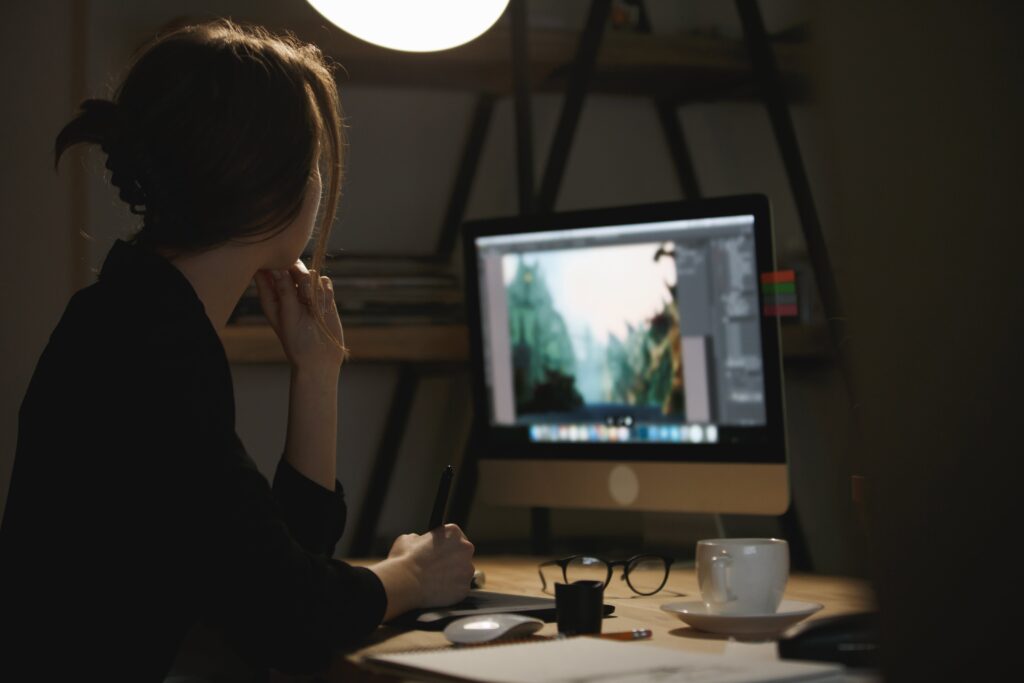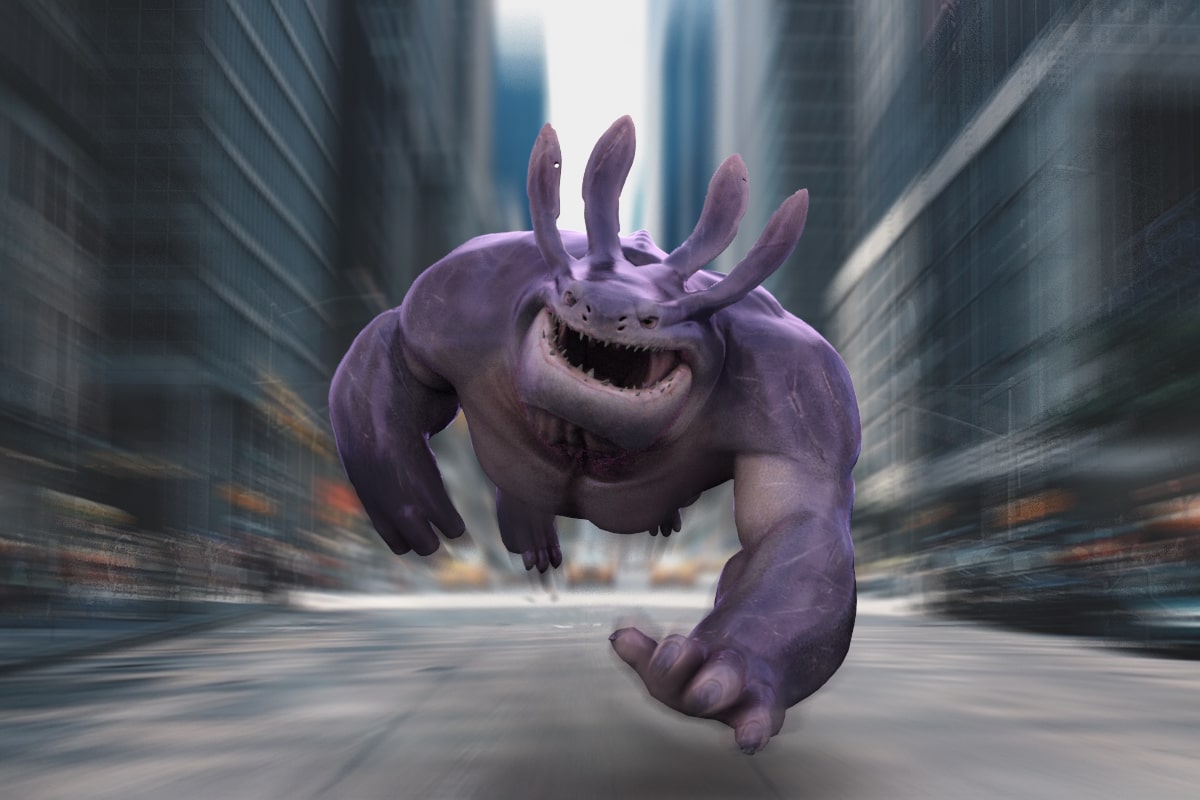Stop motion animation is a captivating and intricate art form that has fascinated audiences for decades. From classics like “The Nightmare Before Christmas” to modern hits like “Kubo and the Two Strings,” stop motion animation continues to wow viewers with its unique style and attention to detail.
One of the key elements in creating a successful stop motion animation is storyboarding. In this article, we go into the importance of storyboarding for stop motion animation and provide you with tips on how to master this essential skill.
The Importance of Storyboarding
Storyboarding is a crucial step in the pre-production process of any animation project, including stop motion. It serves as a visual blueprint for the entire film, allowing the filmmakers to plan out each shot and sequence before production begins.
For stop motion animation, storyboarding is especially important due to the meticulous nature of the process. Every movement and detail must be carefully planned out in advance to ensure a smooth production process.
Key Principles for Stop Motion Storyboarding
When storyboarding for stop motion animation, several key principles must be considered to ensure a successful project. Firstly, it is essential to establish a clear and concise narrative.
Developing a compelling and well-structured story is fundamental to any animation project. Take the time to develop characters, plot, and themes before diving into the storyboarding process.
- Develop a compelling and well-structured story.
- Thoroughly develop characters, plot, and themes.
Next, consider the pacing and timing of your animation. Stop motion relies on creating the illusion of movement through a series of still images, so the timing of each shot must be carefully planned.
Think about the rhythm of your animation and how each frame will flow into the next to create a seamless and engaging viewing experience.
- Carefully plan the timing of each shot.
- Ensure smooth transitions between frames for an engaging animation.
Another crucial aspect is understanding the technical limitations of the medium. Unlike traditional 2D animation or CGI, stop motion is constrained by the physical world.
Factors such as set design, lighting, and prop movement must be considered during storyboarding. By acknowledging these limitations early in the process, you can avoid potential roadblocks during production.
- Consider set design, lighting, and prop movement.
- Plan for the physical constraints of stop motion animation.
The Role of Sound Design
In addition to planning out the visual aspects of your animation, don’t forget about sound design. Sound plays a significant role in enhancing the emotional impact of your film and bringing your characters to life.
While storyboarding, consider how music, dialogue, and sound effects will complement the visuals and help tell your story effectively.
Learning Through Specialized Courses
To help you master the art of storyboarding for stop motion animation, consider enrolling in a specialized course or workshop. Programs like Yellowbrick’s Animation Industry Essentials offer in-depth training on all aspects of animation production, including storyboarding techniques specific to stop motion.
By learning from industry professionals and gaining hands-on experience, you can hone your skills and take your animation projects to the next level.
Conclusion
Learning storyboarding for stop motion animation is essential for creating compelling and visually stunning films. By following the principles outlined in this article and seeking out additional training opportunities, you can develop your skills as a storyboard artist and bring your creative vision to life on screen.
Key Takeaways:
- Storyboarding is a crucial step in the pre-production process of stop motion animation, providing a visual blueprint for the entire film.
- Establishing a clear narrative, considering pacing and timing, and understanding technical limitations are key principles in storyboarding for stop motion.
- Sound design is essential for enhancing the emotional impact of your film and bringing your characters to life.
- Enrolling in specialized courses like Yellowbrick’s Animation Industry Essentials can provide in-depth training on storyboarding techniques for stop motion.
For those looking to enhance their skills in storyboarding for stop motion animation, consider enrolling in the NYU Animation Industry Essentials online course and certificate program offered by Yellowbrick. This comprehensive program can equip you with the knowledge and expertise needed to excel in the competitive world of animation.








